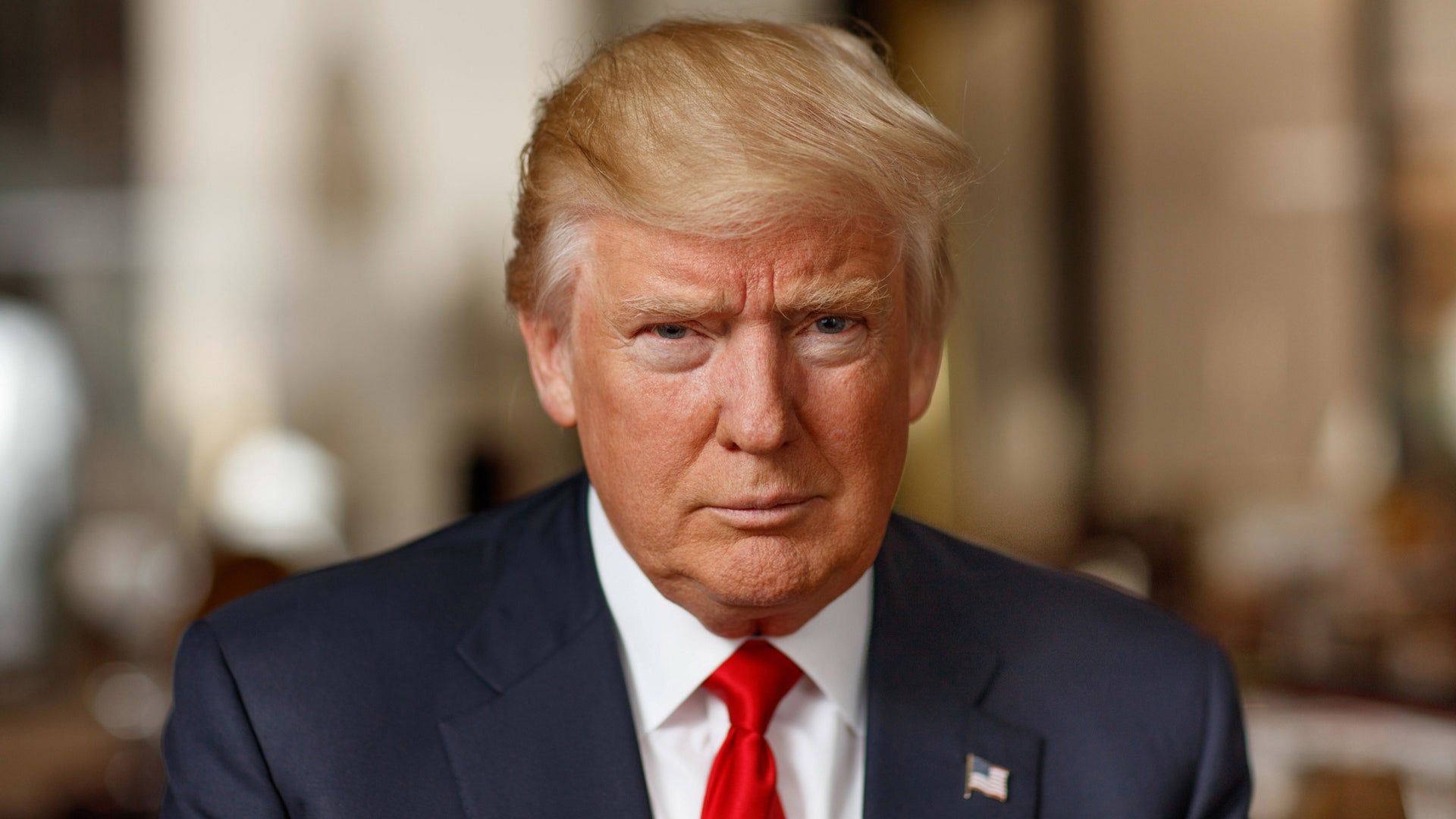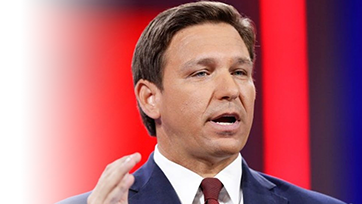Blog: Are elections really about popularity?
The belief has long been held that, in order for a candidate to win an election, they must be popular. After all, it makes sense: who would vote for someone they don’t like?
While this age-old belief isn’t entirely false, the reality is far more nuanced, and varies greatly depending on whether we’re talking about primary elections versus general elections, crowded fields versus head-to-head matchups, and small-town races versus big-money slugfests.
Let’s work through several different scenarios in order to unpack this. If you’re the only candidate with a sizeable campaign war chest in a race against unsophisticated competitors, then yes, your spending should primarily be aimed at gaining popularity and building Name ID. Your popularity alone will likely be enough for you to sail across the finish line in first place.
However, what if it’s a crowded Republican primary in which several candidates are well-funded? Now, things are different. In this scenario, it’s unlikely that any one candidate will win more than 50% of the vote, so you’re no longer seeking a majority – only a plurality. In this case, even if a majority of voters like you, what good does that do? It’s not enough voter voters to like you. They need to like you more than your competitors.
Let’s use a real-world example here. In both our Florida and Iowa polls regarding the 2024 Republican presidential primary, more GOP voters had a positive opinion of Ron DeSantis than of Donald Trump. Put simply, DeSantis was more “popular” than Trump. Nevertheless, Trump annihilated DeSantis in head-to-head matchups, winning by 15% in Florida and 19% in Iowa. The moral of the story here is that, in such a situation, it’s not about whether or not people like you, it’s about whether they support you more strongly than they support your opponent.
Building such support inherently requires taking risks. If you only make wishy-washy statements designed to appease everyone, and your competitor makes bold statements that strike a chord in the hearts of voters, the voters will choose your competitor over you nine times out of ten. They very well may like you, but they won’t like you enough to vote for you over your competitor.
Of course, most elections aren’t crowded primaries between sophisticated and well-funded campaigns. Most are simple, and can be won by hitting base hits, not home runs. Nevertheless, it’s crucial to know the difference, and how this difference affects your strategy.
To round out this discussion, let’s refocus our discussion on general elections. Once you’ve made it out of the primary and are now facing a Democrat, the election becomes much more about popularity. General elections are, in most cases, a head-to-head race. Thus, whoever can win over 50% of voters plus one wins the race. Of course, the ease of accomplishing this varies greatly depending on the district. If 70% of likely voters in your district are Republicans, it’s much easier for you to win than in a district where only 35% are Republicans.
But regardless of the partisan makeup of your district, the general axiom remains true: the more popular candidate wins. And in many districts, that means winning over nonpartisan and third-party voters, which requires you to conduct targeted outreach and fine-tune your messaging. (Hint: if you’re in a purple district, the “Top Issues” page on your website should shift closer to the center of the political spectrum during the general election.)
In summary, although popularity is a key factor in most elections, it’s certainly not the end of the story. In many cases, intensity of support is more important than breadth of support. Your strategy should take into account the makeup of the electorate, your competitors, and the type of election.
Best of luck!











